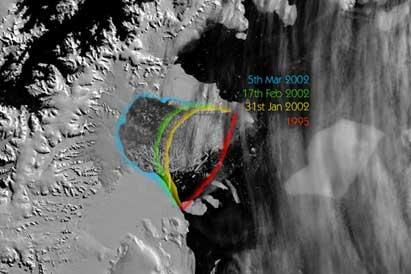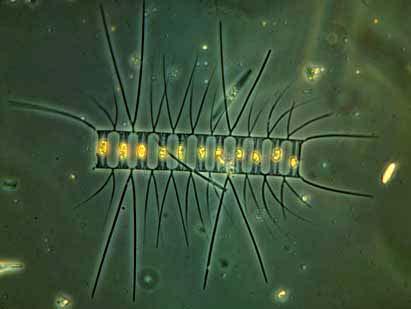Antarctic ice
2002/03/20 Elhuyar Zientzia

The joint surface iceberg of Gipuzkoa and Alava has been released from the Antarctic Peninsula.
In 1998, British scientists reported that much of the ice in the Antarctic Peninsula had begun to release. Since then, the scientific teams of Great Britain, the United States and Argentina have analyzed the evolution of the rupture until its complete rupture in March. According to them, the iceberg has been released faster than expected and is directly related to the warming that is taking place in the peninsula. In this region, warming is occurring five times faster than globally.
To predict when the fracture would occur, the amount of water that has been accumulated over the broken ice has been measured and is expected to serve as an observation system for other ice layers. The release of more ice sheets of this type would cause the interior thaw and cause a sharp rise in sea level worldwide.

Gai honi buruzko eduki gehiago
Elhuyarrek garatutako teknologia






